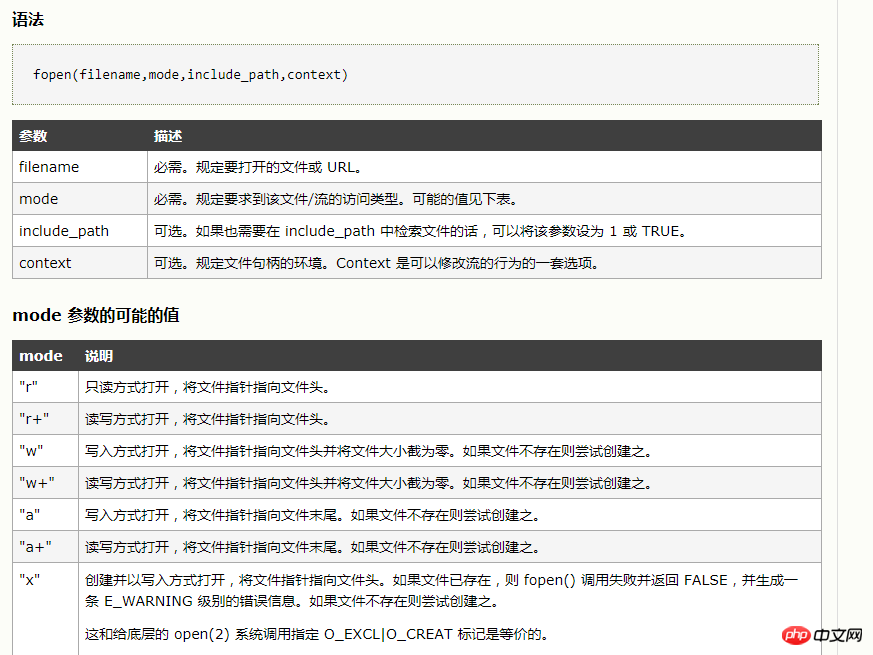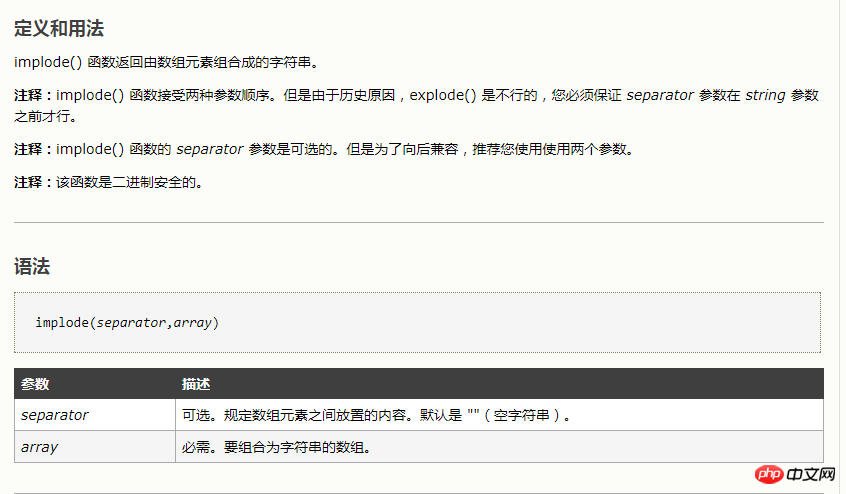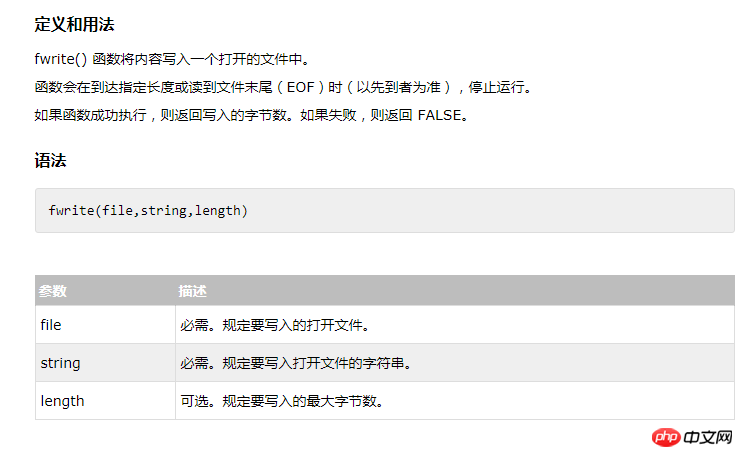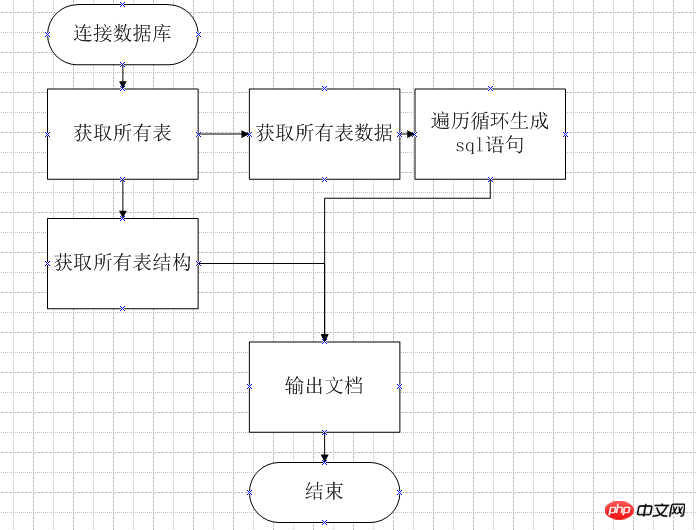
mysqldump -u username -p dbname table1 table2 ... > BackupName.sql





 ##2.5, substr
##2.5, substr
 2.6, fwrite
2.6, fwrite
 3. Implementation ideas
3. Implementation ideas
 4. Code composition
4. Code composition
/** * [copyDb description] 备份数据库 * @param [type] $dbname [description] 数据库名 * @param [type] $fileName [description] 存储的文件名 * @return [type] [description] */public function copyDb($dbname, $fileName){ $myfile = fopen($fileName, "w") or die("Unable to open file!");//打开存储文件 $this->link->query("use {$dbname}");//切换数据库 $this->changeDb($dbname); $tables = $this->link->query('show tables');//获取当期数据库所有表名称 while($re = $tables->fetch(PDO::FETCH_ASSOC)){ //var_dump($re);//查看数组构成 $tableName = $re['Tables_in_'.$dbname];//构成特定的下标 $sql = "show create table {$tableName};"; $tableSql = $this->link->query($sql); fwrite($myfile, "DROP TABLE IF EXISTS `{$tableName}`;\r\n");//加入默认删除表的遇见 //下面备份表结构,这个循环之执行一次 while($re = $tableSql->fetch(PDO::FETCH_ASSOC)){ // echo ""; // var_dump($re); // echo "
"; echo "正在备份表{$re['Table']}结构
"; fwrite($myfile, $re['Create Table'].";\r\n\r\n"); echo "正在备份表{$re['Table']}结构完成
"; } //下面备份表数据 echo "正在备份表{$tableName}数据
"; $sql = "select * from {$tableName};"; $valueSql = $this->link->query($sql); while($re = $valueSql->fetch(PDO::FETCH_ASSOC)){ $keyArr = array_keys($re);//获得对应的键值 $valueArr = array_values($re);//获得对应的值 $keyStr = ''; foreach ($keyArr as $key => $value) { $keyStr .= "`".$value."`,"; } $keyStr = substr($keyStr,0,strlen($keyStr)-1); //取出最后一个逗号 $valueStr = ''; // var_dump($valueArr); foreach ($valueArr as $key => $value) { $valueStr .= "'".$value."',"; } //以上的处理只是对应sql的写法 $valueStr = substr($valueStr,0,strlen($valueStr)-1); //取出最后一个逗号 $sql = "insert into `{$tableName}`({$keyStr}) values({$valueStr})"; fwrite($myfile, $sql.";\r\n\r\n"); } echo "正在备份表{$tableName}数据完成
"; echo "
"; } fclose($myfile);}
Copy after login
5. Conclusion
The main process of backing up the database:
1: Switch to the corresponding database;
2: Use show create table tableName to obtain the table structure and write it to the file;
3: Then query all table data, loop to generate the corresponding sql statement, and write it to the file;
4: The sql file generated by trial run;
The above is the detailed content of How to implement automatic database backup in PHP. For more information, please follow other related articles on the PHP Chinese website!




